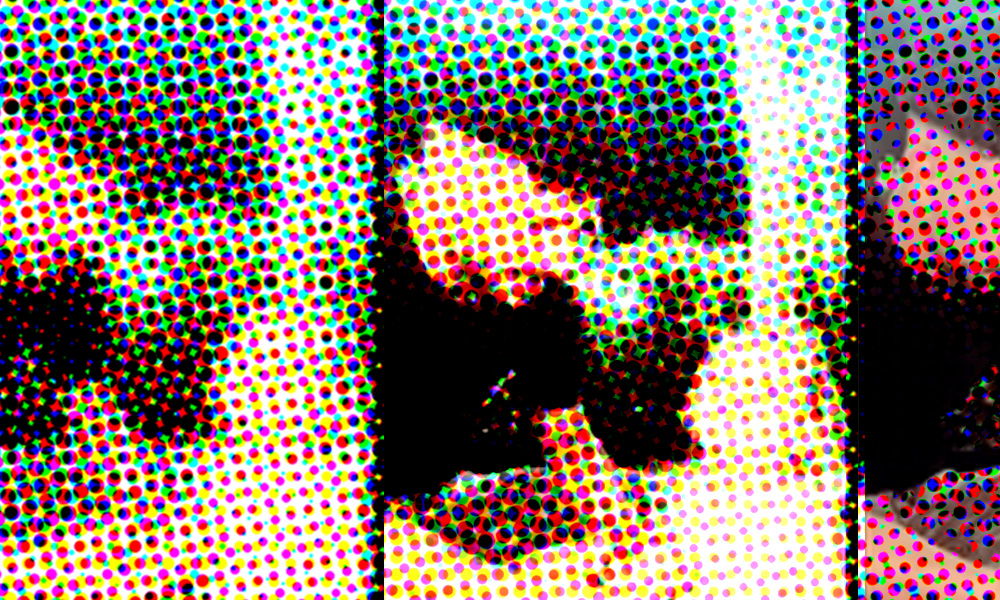The horrifying opening days of the Israel-Hamas war have left many people frantically looking for information on social media. Whether out of a human desire to understand the scope and scale of the fighting, morbid obsession or a mix, much of this information has come in the form of videos purporting to show first-hand footage of the carnage.
X (formerly Twitter) is filled with hashtags like #IsraelUnderAttack, #PalestineUnderAttack, #HamasMassacre and #HamasISIS. Clicking any one of the aforementioned topics fills one’s feed with graphic images and videos of Hamas violence inflicted upon Israelis, retaliatory airstrikes on the Gaza strip, and scattered corpses, amidst some even more disturbing footage.
Many social media users are encouraging others to engage with the more graphic footage, under the rationale of “bearing witness.” Yet among genuine footage of atrocities there is also a significant amount of mislabeled material taken from months or even years prior to this outbreak of violence.
Early in the conflict, for instance, a video of a child beheading was claimed as footage of Hamas, when it was in fact a video of ISIS dating back to 2016. However, since the circulation and subsequent debunking of the clip, i24 and other sources reported on the very real carnage in Kfar Aza, which included the deaths of at least 40 infants, an unspecified number of whom had been decapitated according to the IDF. Images of these infants were later shown to Secretary of State Anthony Blinken and shared online by Prime Minister Nethanyahu’s office.
In other cases, mislabeled footage is used to promote conspiratorial narratives. A recent clip circulating on social media, for instance, purports to show Israeli propagandists staging the death of a child for circulation on the world stage. In actuality, the clip is behind-the-scenes footage of the 2022 short film An Empty Place. Many videos such as this are directly connected to both antisemitic activity and Hamas propaganda.
Similarly, mislabeled clips of the aftermath of retaliatory strikes in Gaza can be used to undermine the credibility of the very real damage in the area. One viral post on X of a Gazan civilian sitting in a pile of rubble claims that the man lost his entire family in the bombing of the region. Fact checks reveal that the original post of the incident made no mention of the man losing his family, instead stating that he lost his shop and home.
In all of these cases, the presence of misinformation obfuscates the real and horrific images coming from Israel and Gaza on a near-daily basis since Saturday. Confirmed reports from Hamas’s rampage include children murdered, sexual violence, and the kidnapping of elderly Israelis. Similarly, the siege of Gaza has caused significant civilian death and injury. In both cases, mislabeled, unverified and debunked reports can make it difficult to assess, observe or trust genuinely horrific wartime reports.
Not every misleading video is violent—some are political. One video claims to show Vladimir Putin warning the U.S. government that involvement in the current war will result in Russian intervention on the side of Hamas. In reality, the clip applies inaccurate subtitles to a January press conference Putin gave on the possibility of nuclear war.
For the average social media user, verifying the outpouring of information during the outbreak of war can be challenging, however, there are resources available to concerned users of social media platforms. In the days since the war started, fact-checkers have been busy sifting through an outpouring of accurate firsthand accounts, and misinformation, surrounding the topic. Reuters, for instance, fact-checked ten mislabeled videos on the topic prior to 2 PM ET on Wednesday: among others, a fabricated voiceover added to a CNN clip that suggests the news organization staging its coverage of the war; a clip from a 2021 pro-Palestinian rally in Chicago claiming that it was celebrating the weekend attacks; and the aforementioned mislabeled clip of a short film production.
Access Moment’s ongoing coverage of the Hamas-Israel war here.
Similarly, websites such as Snopes are evaluating the accuracy of the onslaught of wartime footage. Snopes discredited a post that purported to show an Arab man with a kidnapped Israeli girl, and verified an image of Gaza in ruins following retaliatory strikes.
While much of the misinformation surrounding the topic has eventually been labeled by services such as X’s community notes, this can take hours, or at times days, to update misinformation on the platform.. As such, users would be well-served to seek external verification from a trusted source in the absence of a community note.
When reading about the conflict on social media, users should also note the histories of accounts posting about the issues. Often, a relatively small number of accounts are responsible for spreading misinformation on the topic. Accounts that post a large number of unverified clips for the seeming purpose of driving engagement should be viewed with suspicion.
In a case where a post is new, the user doesn’t appear suspicious, and there are no community notes or external media verification, it’s best to wait before making an assumption as to the truth of a post.




This article is a public service! At a time where local newspapers are folding and there is lack of $’s for true investigative reporting validation of news is vital. Moment Magazine provides good and valuable information. I don’t think that I am overstating facts when I say that the investigative reporters and news sources that report the facts are protectors of democracy!